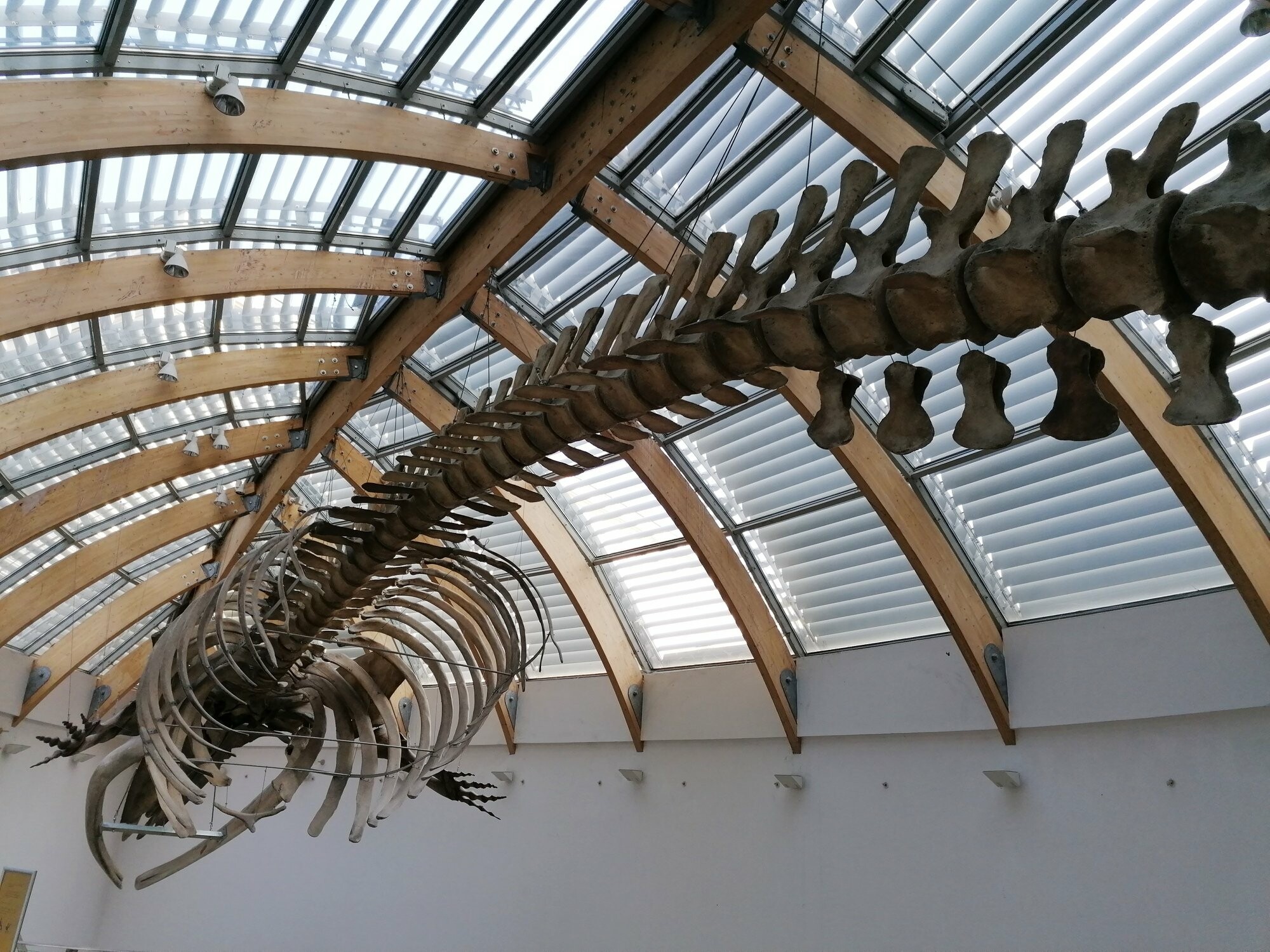It is possible that a Natural History Museum will be built in Debrecen, on the site of the Olah Gabor Street stadium, but details have not yet been determined. In the detailed feasibility study, analyzes are envisaged for a building containing exhibition spaces, a building containing a collections and research centre, and two alternative sites. The winner must also submit proposals on relocation, operation and operational development.
The Hungarian Natural History Museum was founded in 1870 out of the Natural History Department of the Hungarian National Museum. Due to the continuous growth of the collections, the museum moved to a new location in several steps: first, partly to the buildings of the Joseph University of the Arts (BME) and the Industrial Society, and then to the Museum of Applied Arts. The natural sciences collections were moved to their current location, in the former stable building on Ludovika tér, in 1956, but it is now certain that after almost 70 years spent here, a new location awaits them again.
It is the basis for serious discussions
The move that caused a major scandal in 2020 is quite controversial: the museum does not have its own building yet, so its creation could offer solutions tailored to the topic, which could be a big advantage; Moreover, in the second largest city of the country, there is serious demand from the population, and because of the University of Debrecen, there is also an expert base for another cultural and scientific institution. On the other hand, museum staff protested almost unanimously against the move, and many fear for the safety of sensitive pieces in the collection, but there are more who do not want to leave their homes. As a solution, they proposed establishing another institution with a similar focus in Debrecen, for which the sheer size of the group would undoubtedly provide an opportunity. However, it can be seen that the government is claiming the entire Ludovic Building for the National University of Public Service.
the study
The bidder must prepare a detailed feasibility study based on the current professional concept of the museum, and it must also reflect the macroeconomic environment:
-
raw material supply,
- labor supply,
- Inflationary environment
- Social benefit and
- In terms of long-term community needs.
Draft also:
- It must be in line with the basic principles of international design tenders, and must be aligned with relevant national and EU strategic documents;
- Identifying relevant challenges in the investment and operation phase and developing an operational development strategy;
- It should include full life cycle analysis and tourism modelling; Beside
- Assess potential risks and conduct a legal impact assessment.
The detailed feasibility study to be developed by the winning bidder within 90 business days must take into account all aspects of the business relevant to the implementation decision. These views can be grouped into six categories as follows:
- Investment cost requirements:
- Construction risks and frameworks:
- Life cycle analysis:
- Operational risks:
- The impact of the concept on the financial result:
- Presence:












































